Home>Gardening & Outdoor>Landscaping Ideas>How To Grow Ornamental Grass
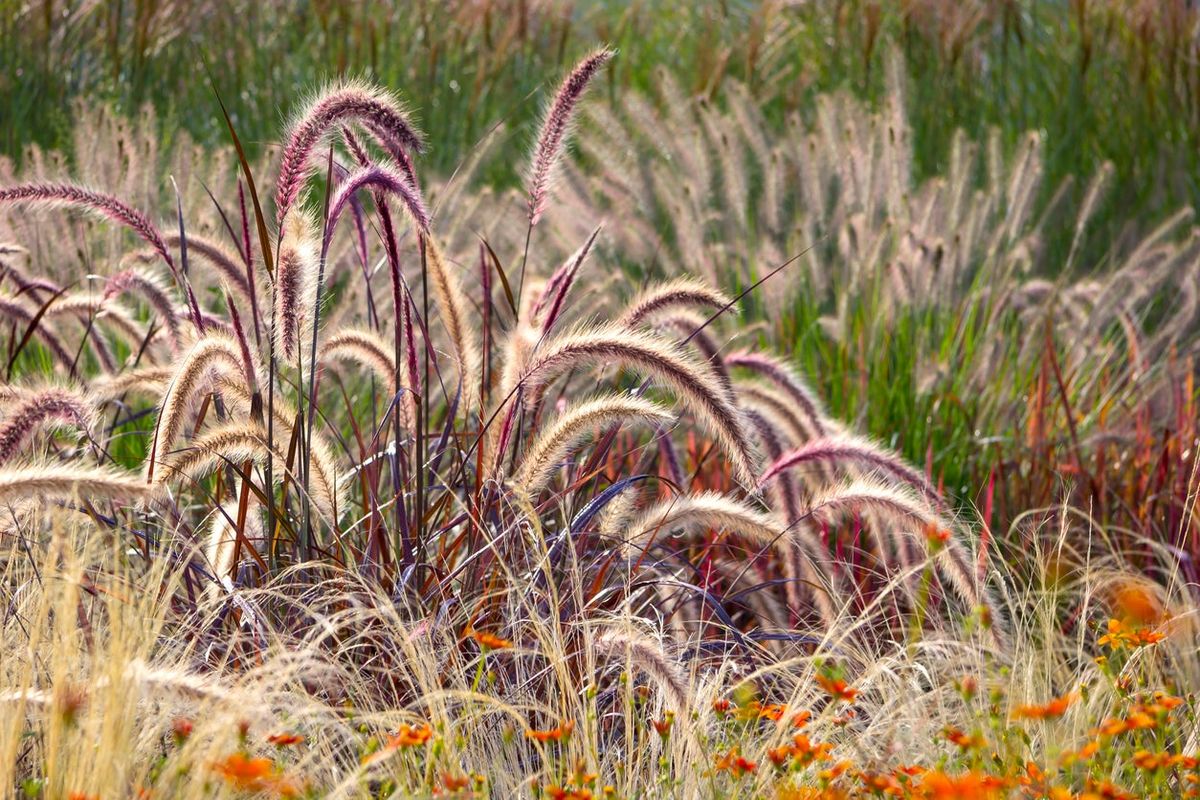

Landscaping Ideas
How To Grow Ornamental Grass
Modified: August 17, 2024
Learn how to incorporate ornamental grass into your landscaping ideas for a beautiful and low-maintenance outdoor space. Discover tips for growing and caring for ornamental grass.
(Many of the links in this article redirect to a specific reviewed product. Your purchase of these products through affiliate links helps to generate commission for Storables.com, at no extra cost. Learn more)
Introduction
Welcome to the wonderful world of ornamental grasses! These versatile and visually appealing plants can add texture, movement, and color to any landscape, making them a popular choice for gardeners and landscapers alike. Whether you're looking to create a serene, naturalistic garden or add a touch of elegance to your outdoor space, ornamental grasses offer a wide range of options to suit your needs.
In this comprehensive guide, we'll explore everything you need to know about growing and caring for ornamental grasses. From selecting the right species for your specific climate and soil conditions to planting, watering, and maintenance tips, you'll gain valuable insights to help you achieve stunning results in your garden.
But ornamental grasses are more than just visually appealing; they also offer environmental benefits. Their deep root systems help prevent soil erosion, and they can provide essential habitat and food for birds, insects, and other wildlife. By incorporating ornamental grasses into your landscape, you're not only enhancing the beauty of your surroundings but also contributing to the ecological balance of your local environment.
So, whether you're a seasoned gardener or a novice enthusiast, join us on this journey to discover the enchanting world of ornamental grasses. Get ready to unleash your creativity, connect with nature, and transform your outdoor space into a captivating tapestry of colors, textures, and natural beauty.
Key Takeaways:
- Choose ornamental grasses based on climate, size, texture, and growth habit to create a stunning and sustainable garden that enhances your outdoor space.
- Proper planting, watering, and maintenance are essential for nurturing healthy and vibrant ornamental grasses that add natural beauty to your landscape.
Read more: How To Split Ornamental Grass
Choosing the Right Ornamental Grass
When it comes to selecting the perfect ornamental grass for your landscape, several factors come into play. Understanding the unique characteristics of different grass species and their compatibility with your local climate and soil conditions is essential to ensure a thriving and visually appealing garden. Here are some key considerations to help you make the right choice:
- Climate and Hardiness: Before choosing an ornamental grass, consider your climate zone. Some grasses thrive in warm, sunny climates, while others are more suited to cooler, shadier conditions. Check the hardiness zone recommendations for each grass species to ensure it can withstand the temperature fluctuations in your area.
- Height and Spread: Ornamental grasses vary widely in size, from low-growing varieties that stay under a foot tall to towering grasses that can reach several feet in height. Determine the desired height and spread of the grasses based on your landscaping needs and available space.
- Texture and Color: Pay attention to the texture and color of the grass blades. Some species feature fine, delicate foliage, while others have broader leaves with striking variegation. Consider how the grasses will complement the overall aesthetic of your garden and whether they will provide interesting contrasts and visual interest.
- Growth Habit: Different grasses exhibit distinct growth habits, such as clumping, spreading, or upright forms. Choose grasses that align with your landscaping goals, whether you prefer a tidy, clumping growth pattern or a more expansive, spreading habit to fill in larger areas.
- Soil and Water Requirements: Evaluate the soil composition and drainage in your garden to match it with the grasses’ specific soil preferences. Additionally, consider the water needs of each grass species, especially if you’re aiming for low-maintenance landscaping that conserves water.
By carefully considering these factors, you can narrow down your options and select the ideal ornamental grasses that will thrive in your unique outdoor environment. Whether you’re aiming to create a serene, Japanese-inspired garden with graceful, arching grasses or a vibrant, prairie-style landscape with bold, upright varieties, the right choices will set the stage for a stunning and sustainable garden.
Planting Ornamental Grass
Once you’ve chosen the perfect ornamental grasses for your landscape, it’s time to delve into the exciting process of planting them. Proper planting techniques are crucial to establishing healthy, vigorous grasses that will thrive and enhance the beauty of your outdoor space. Follow these essential steps to ensure successful planting:
- Site Preparation: Begin by preparing the planting site. Clear the area of any debris, weeds, or rocks, and ensure that the soil is well-draining to prevent waterlogging, which can be detrimental to ornamental grasses.
- Soil Amendment: If your soil is lacking in nutrients or organic matter, consider amending it with compost or well-rotted manure to improve its fertility and structure. Work the amendments into the soil to a depth of 6-8 inches to create a favorable growing environment for the grasses.
- Planting Depth: When planting ornamental grasses, it’s essential to set them at the correct depth. Typically, you should position the grasses in the planting hole at the same level as they were in their nursery containers. Avoid planting them too deeply, as this can lead to root suffocation and poor growth.
- Spacing: Consider the recommended spacing for the specific grass species you’re planting. Proper spacing allows the grasses to spread and develop without overcrowding, promoting healthier growth and preventing competition for resources.
- Watering: After planting, thoroughly water the grasses to settle the soil and ensure good root-to-soil contact. Keep the soil consistently moist, especially during the establishment phase, to support the development of strong, healthy root systems.
- Mulching: Apply a layer of organic mulch around the base of the newly planted grasses to conserve soil moisture, suppress weed growth, and moderate soil temperatures. Mulching also adds a polished look to the landscape while providing valuable organic matter as it decomposes.
By following these planting guidelines, you can lay the foundation for robust and flourishing ornamental grasses in your garden. Proper site preparation, soil enrichment, and attentive care during the initial planting phase will set the stage for a stunning display of graceful, swaying grasses that will captivate the eye and elevate the allure of your outdoor sanctuary.
Watering and Fertilizing
Proper watering and fertilizing practices are essential for nurturing healthy and vibrant ornamental grasses. By understanding the specific needs of these plants and providing them with the right balance of moisture and nutrients, you can ensure their long-term vitality and visual appeal. Here are some valuable tips for watering and fertilizing ornamental grasses:
- Watering Frequency: Ornamental grasses generally prefer well-drained soil and thrive in moderate moisture conditions. Once established, most grasses are drought-tolerant and require minimal watering. However, during the initial establishment period and prolonged dry spells, regular watering is crucial to support healthy root development and overall growth.
- Deep Watering: When watering, aim for deep saturation of the soil to encourage the grasses’ roots to grow deeply. This helps enhance their resilience to drought and promotes sturdy, self-sustaining growth.
- Fertilization: Ornamental grasses typically have modest fertility requirements and can thrive in relatively lean soils. Excessive fertilization can lead to lush, floppy growth and diminish the plants’ natural beauty. If necessary, apply a slow-release, balanced fertilizer in early spring to provide a gentle nutrient boost without promoting excessive lushness.
- Organic Amendments: Consider enriching the soil around the base of the grasses with organic amendments such as compost or well-rotted manure. These natural fertilizers contribute valuable organic matter to the soil, promoting beneficial microbial activity and enhancing the overall health of the grasses.
- Avoid Overfeeding: Refrain from overfeeding ornamental grasses, as this can lead to an overabundance of lush foliage at the expense of their graceful, natural form. Focus on maintaining a balanced, sustainable approach to fertilization that supports the plants’ long-term well-being without inducing excessive growth.
By adopting a mindful approach to watering and fertilizing, you can provide your ornamental grasses with the optimal growing conditions they need to thrive. Striking a balance between sufficient moisture, minimal but strategic fertilization, and a healthy soil ecosystem will nurture resilient, visually captivating grasses that enrich your landscape with their timeless elegance.
When planting ornamental grass, make sure to choose the right location with well-drained soil and full sunlight. Water regularly, but avoid overwatering to prevent root rot. Trim back the grass in early spring to promote new growth.
Pruning and Maintenance
Pruning and maintenance play a crucial role in preserving the health, vigor, and aesthetic appeal of ornamental grasses. While these plants are celebrated for their low-maintenance nature, periodic care and attention are necessary to ensure their continued beauty and vitality. Here’s a comprehensive guide to pruning and maintaining ornamental grasses:
- Spring Maintenance: In early spring, before new growth emerges, it’s beneficial to trim back the previous year’s foliage on cool-season grasses, such as fescue or blue oat grass. This rejuvenation pruning helps promote fresh, vigorous growth and prevents the accumulation of unsightly, weather-worn foliage.
- Timing for Warm-Season Grasses: Warm-season grasses, such as switchgrass and fountain grass, benefit from pruning in late winter or early spring, just before the onset of new growth. This allows for the removal of dormant, straw-colored foliage, making way for the emergence of new, vibrant blades.
- Pruning Technique: When pruning ornamental grasses, use sharp, clean garden shears or hedge trimmers to achieve clean, uniform cuts. Gather the foliage into a tidy bundle, then trim it back to within a few inches of the ground, ensuring a neat and uniform appearance.
- Division: Over time, many ornamental grasses benefit from division to rejuvenate their growth and prevent overcrowding. Division involves carefully digging up the clump, separating it into smaller sections, and replanting these divisions to allow for renewed vigor and healthier growth.
- Removing Debris: Throughout the year, periodically remove any dead or damaged foliage from the grass clumps to maintain a tidy, well-groomed appearance. This also helps prevent the buildup of decaying plant material, which can harbor pests and diseases.
- Seasonal Cleanup: In late winter or early spring, perform a thorough seasonal cleanup by combing through the grasses to remove any remaining debris, such as dead leaves or seed heads. This prepares the plants for their new growth cycle and ensures a clean, attractive appearance.
By integrating these pruning and maintenance practices into your gardening routine, you can uphold the enduring beauty and health of your ornamental grasses. With thoughtful care and attention, these graceful, resilient plants will continue to enrich your landscape with their captivating textures, graceful movements, and timeless allure.
Read more: How To Remove Ornamental Grass
Common Pests and Diseases
While ornamental grasses are generally resilient and low-maintenance, they are not immune to certain pests and diseases that can affect their health and appearance. Understanding the potential threats and implementing proactive measures can help safeguard your grasses and preserve their beauty. Here are some common pests and diseases to watch for:
- Aphids: These small, soft-bodied insects can cluster on the stems and foliage of ornamental grasses, sucking sap and causing leaf distortion. Regularly inspect the plants for signs of aphid infestation, and if necessary, use a strong blast of water or insecticidal soap to control their numbers.
- Spider Mites: Spider mites are tiny arachnids that can cause stippling and discoloration on the grass blades. To discourage spider mite infestations, ensure adequate air circulation around the plants and avoid over-fertilization, which can make them more susceptible to these pests.
- Fungal Diseases: Ornamental grasses can be susceptible to fungal diseases such as rust, leaf spot, and powdery mildew, particularly in humid conditions. To minimize the risk of fungal infections, provide good air circulation around the plants, avoid overhead watering, and promptly remove and dispose of any infected foliage.
- Grasshoppers: These voracious pests can cause significant damage to ornamental grasses by chewing on the foliage. Handpick grasshoppers when feasible, or use physical barriers and insecticidal treatments to protect the plants from infestation.
- Root Rot: Excessive soil moisture and poor drainage can lead to root rot in ornamental grasses, causing wilting, yellowing, and stunted growth. Ensure that the planting site has well-draining soil and avoid overwatering to prevent this potentially fatal condition.
By remaining vigilant and promptly addressing any signs of pest infestations or disease development, you can safeguard the health and vitality of your ornamental grasses. Implementing integrated pest management practices, promoting a healthy growing environment, and maintaining good garden hygiene will help minimize the impact of pests and diseases, allowing your grasses to thrive and flourish in their natural splendor.
Conclusion
Congratulations on embarking on a journey to explore the enchanting realm of ornamental grasses. These versatile, visually captivating plants have the power to transform any landscape, adding texture, movement, and natural beauty to your outdoor sanctuary. As you’ve discovered, selecting the right ornamental grasses, planting them with care, and providing attentive maintenance are key steps in creating a stunning and sustainable garden. By integrating these practices and insights into your gardening endeavors, you’re poised to achieve remarkable results and cultivate a landscape that captivates the senses and nurtures the local ecosystem.
Embracing the diversity of ornamental grasses, from the delicate, arching blades of Japanese forest grass to the stately, upright plumes of maiden grass, opens up a world of creative possibilities for your garden. Whether you’re aiming to establish a serene, naturalistic setting or a dynamic, modern landscape, ornamental grasses offer an array of textures, colors, and growth habits to suit your unique vision.
As you tend to your ornamental grasses, remember to celebrate their ecological contributions, from preventing soil erosion to providing habitat and sustenance for wildlife. Your garden becomes a vibrant tapestry of life, where the graceful movements of the grasses harmonize with the melodies of visiting birds and the bustling activity of beneficial insects.
By nurturing your ornamental grasses with mindful watering, strategic fertilization, and attentive pruning, you’re creating an enduring legacy of natural beauty and tranquility. These resilient, low-maintenance plants reward your care with timeless elegance and a captivating presence that evolves with the seasons, infusing your landscape with ever-changing textures and hues.
As you continue to explore the art of gardening with ornamental grasses, may your outdoor space become a sanctuary of inspiration, connection, and natural wonder. Let the gentle rustle of the grasses in the breeze and the dance of sunlight on their foliage remind you of the enduring resilience and grace that enrich our lives and the world around us.
With each season, your ornamental grasses will weave a story of resilience, beauty, and harmony, inviting you to immerse yourself in the timeless rhythms of nature and find solace in the simple yet profound joys of gardening. Embrace the enchanting world of ornamental grasses, and let their timeless allure become an integral part of your garden’s narrative, enriching your life and the lives of those who encounter its captivating splendor.
Frequently Asked Questions about How To Grow Ornamental Grass
Was this page helpful?
At Storables.com, we guarantee accurate and reliable information. Our content, validated by Expert Board Contributors, is crafted following stringent Editorial Policies. We're committed to providing you with well-researched, expert-backed insights for all your informational needs.
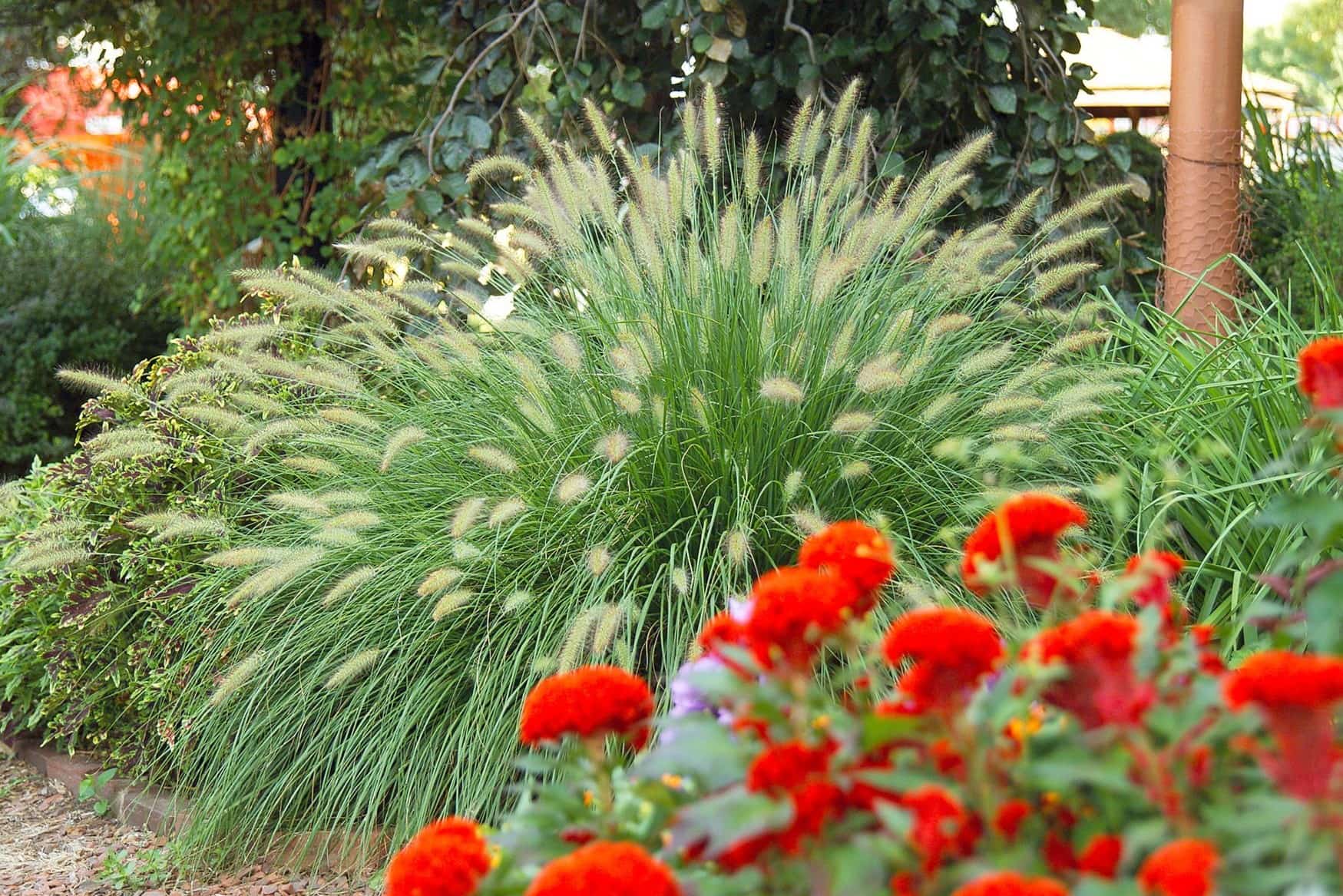
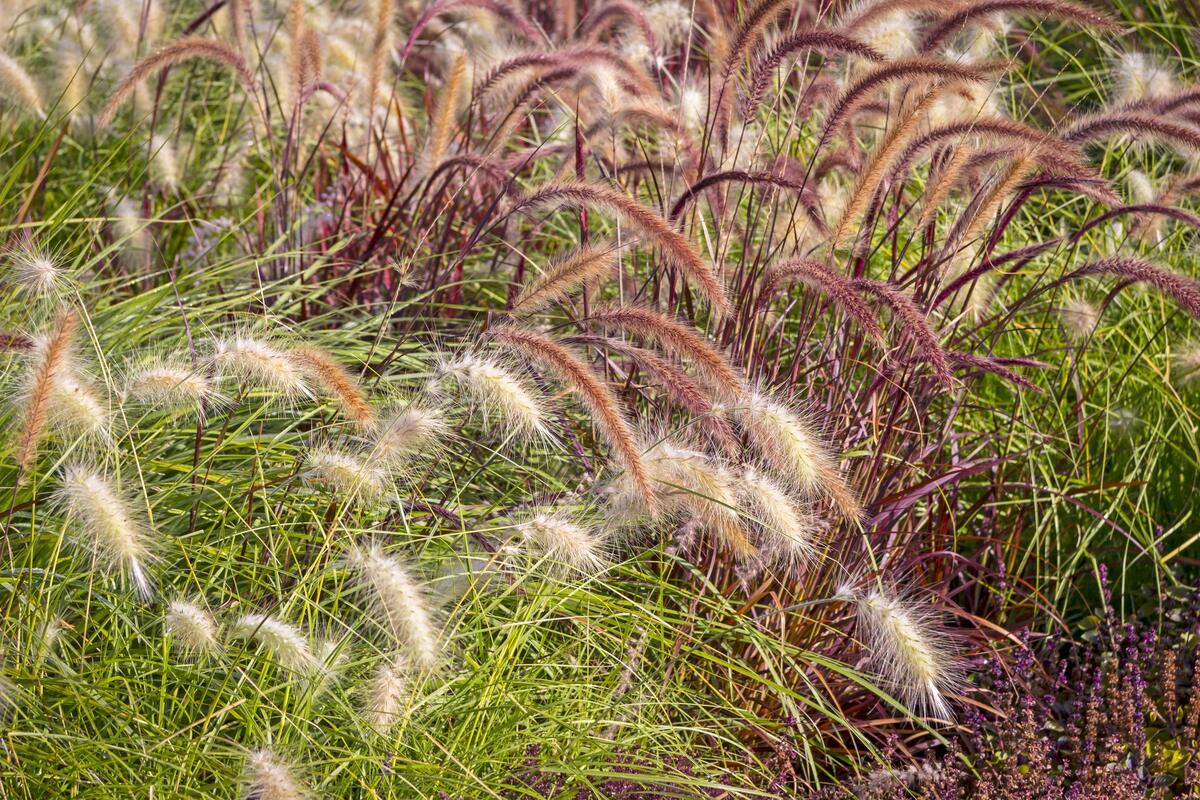
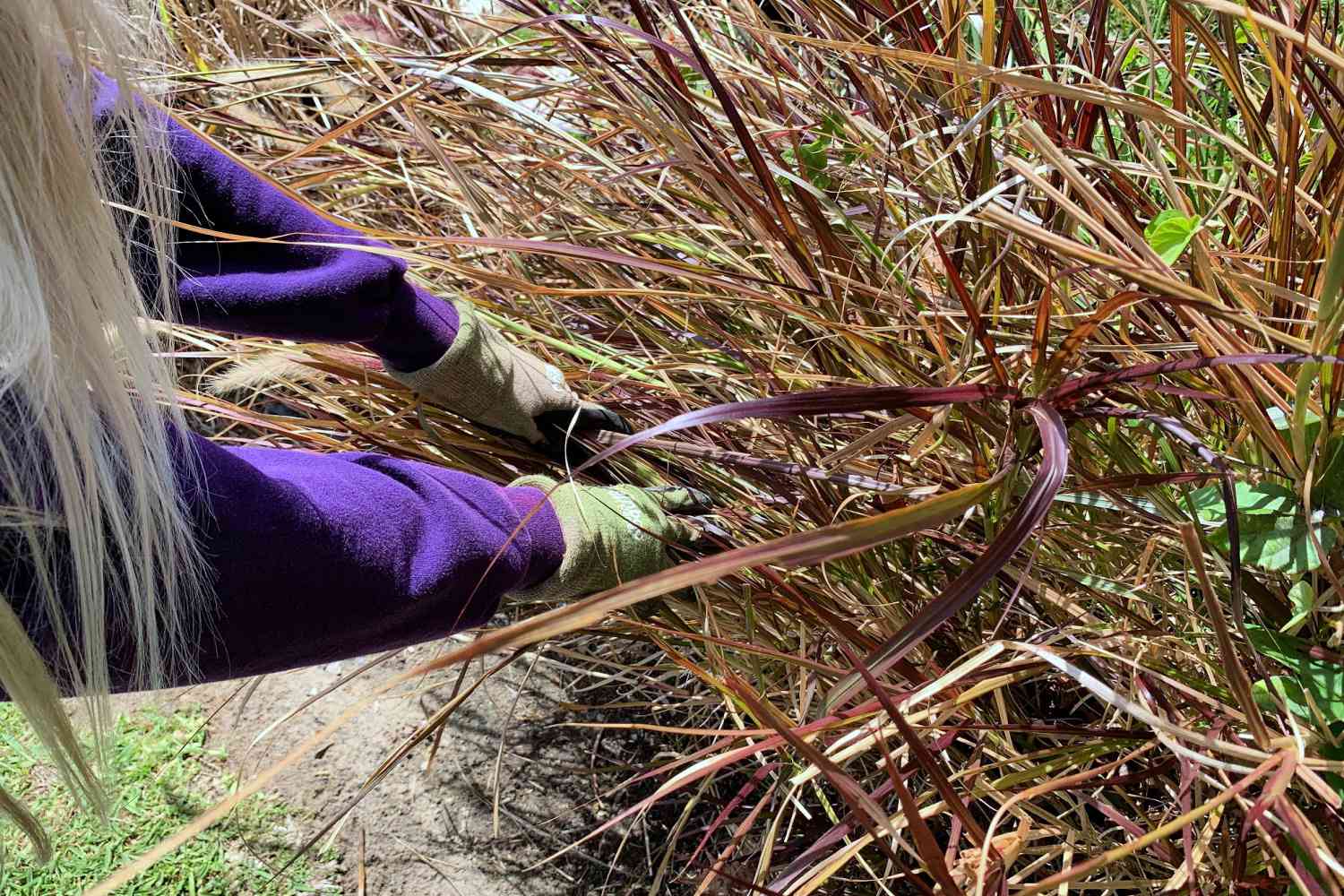
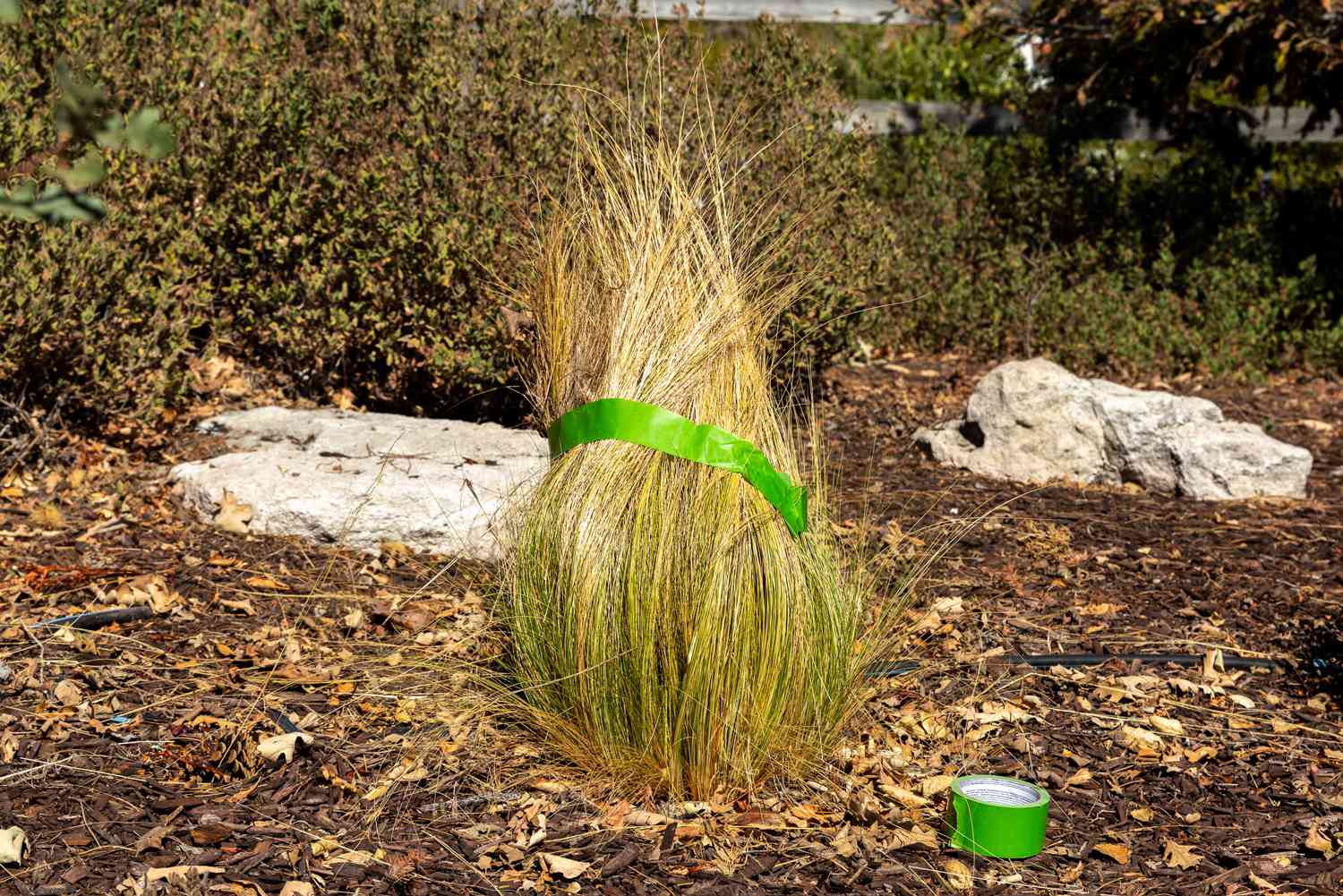
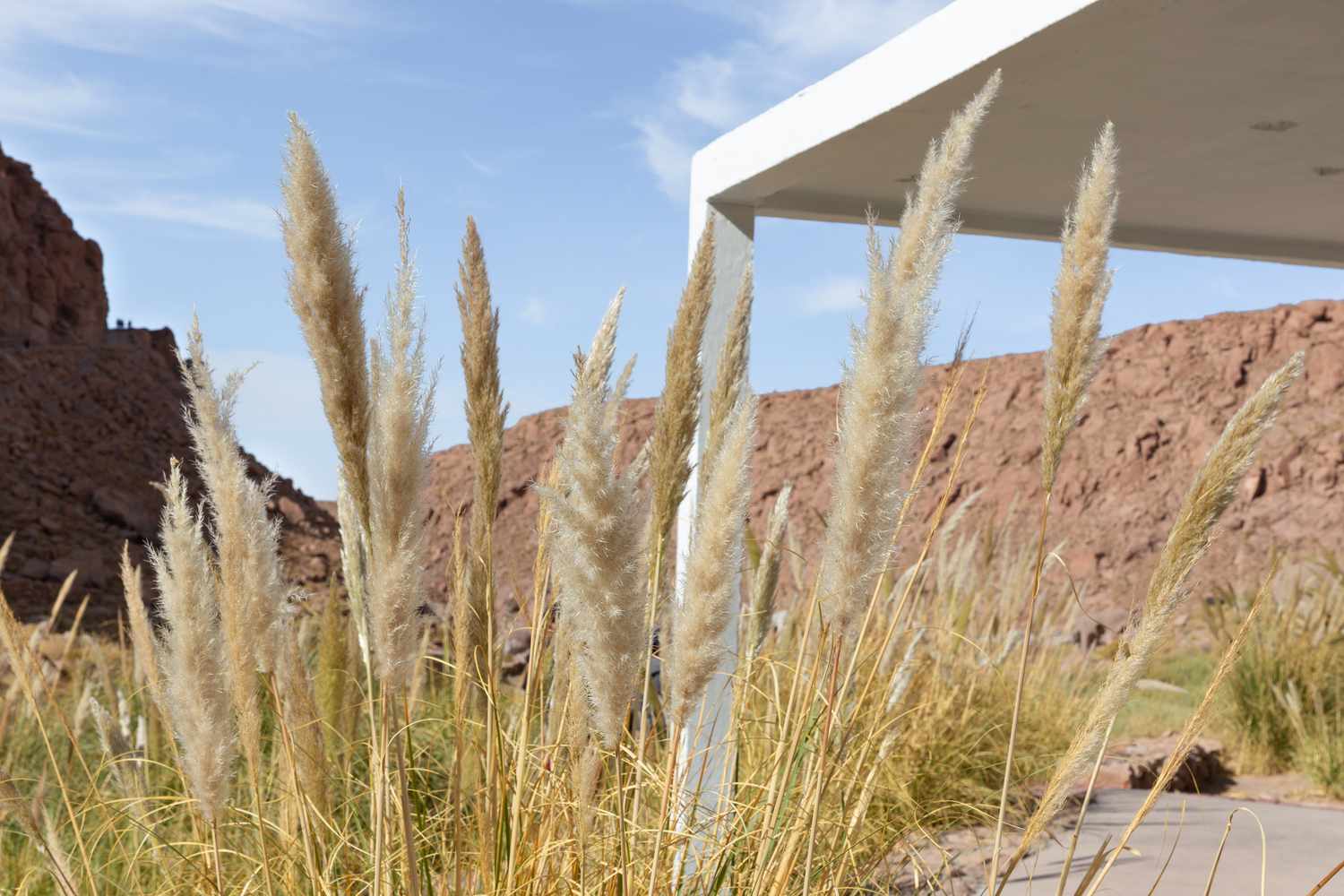
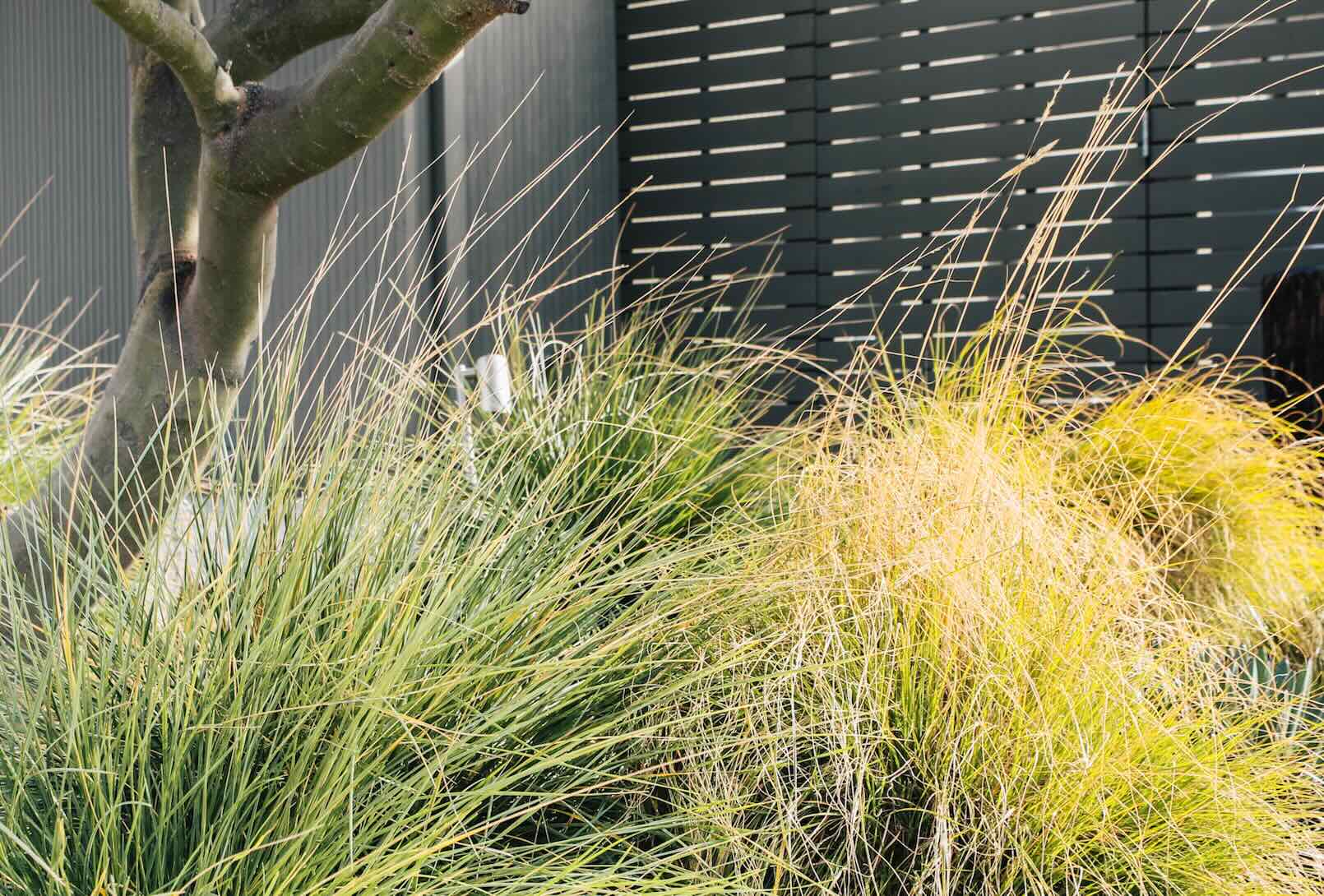

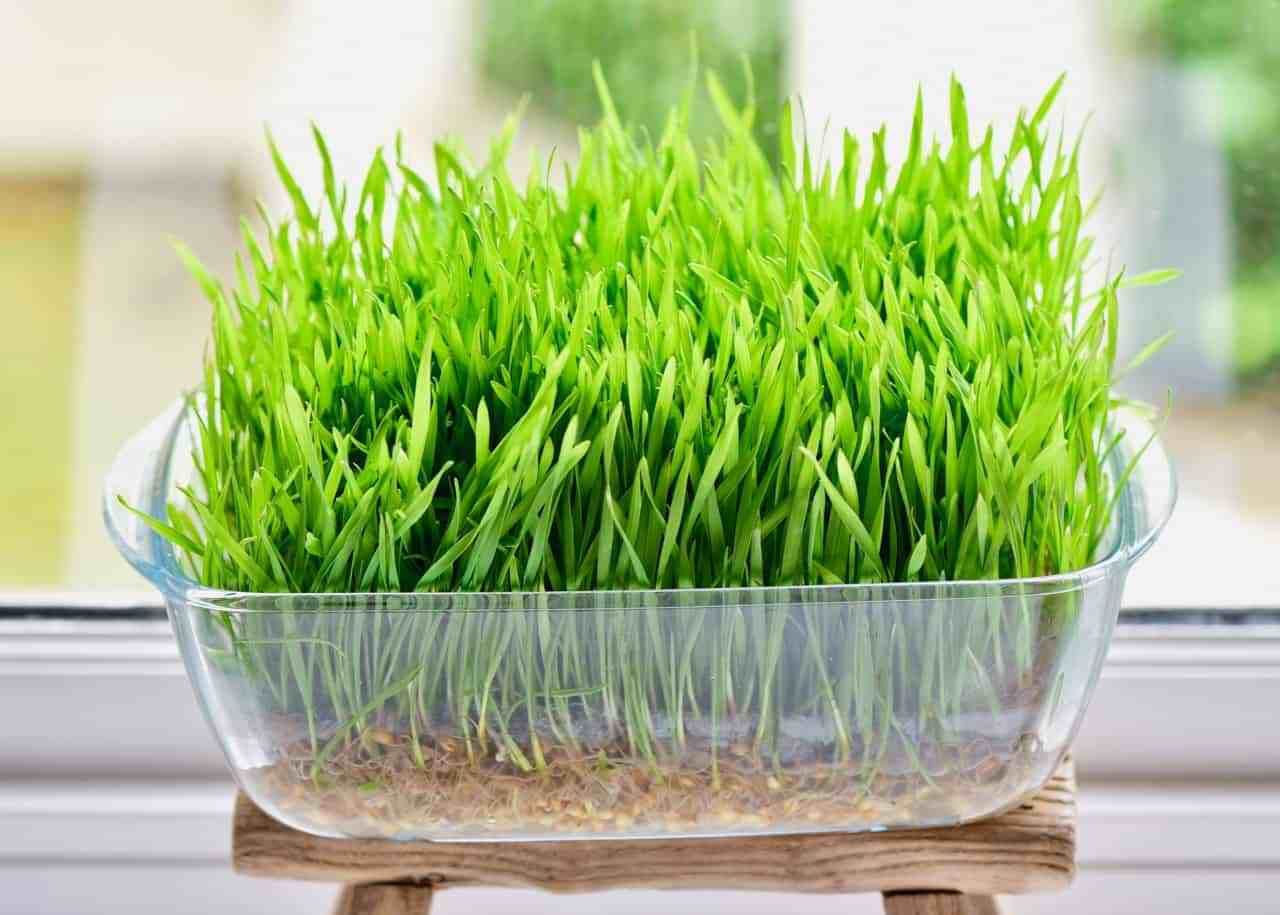
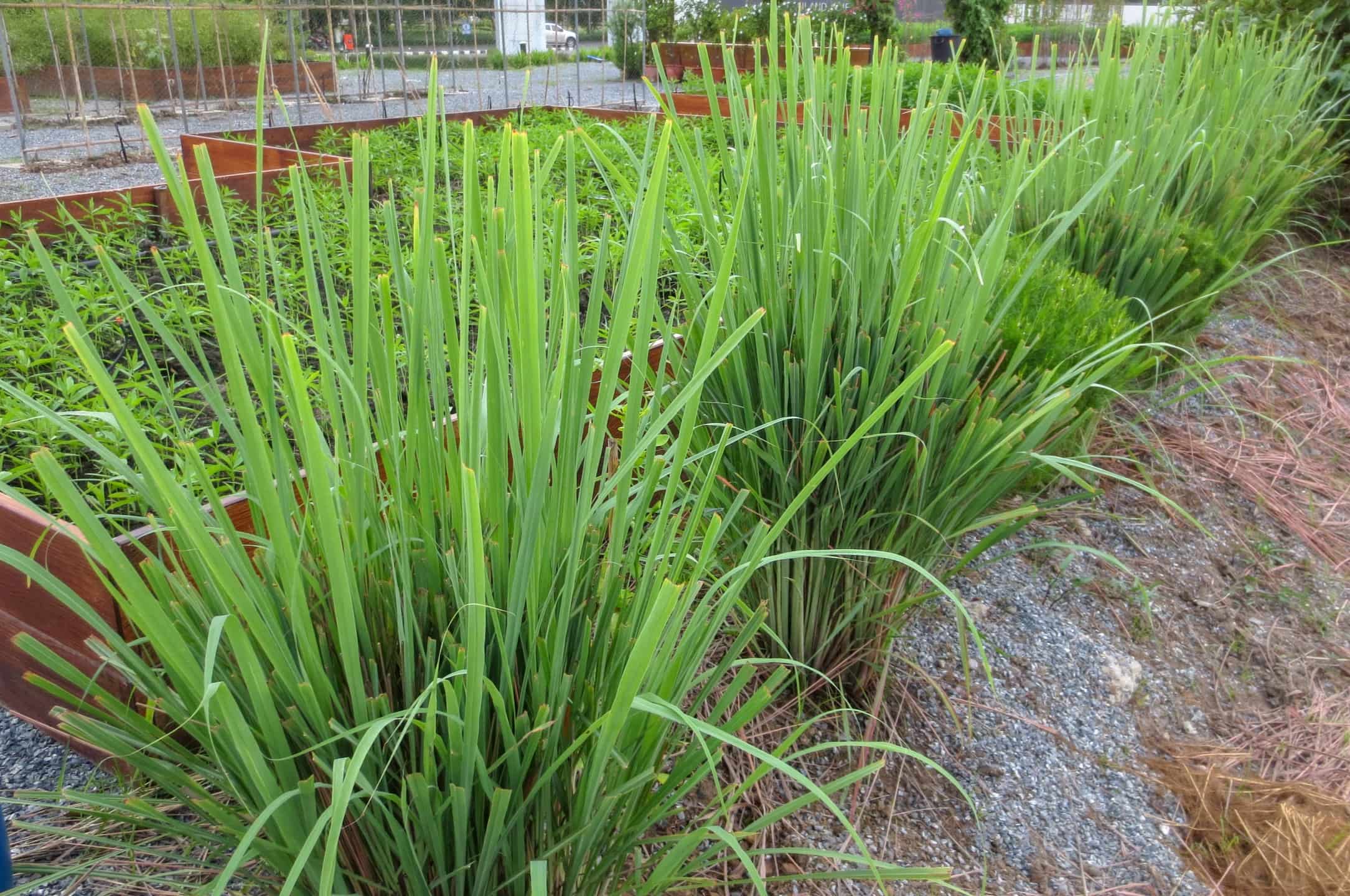
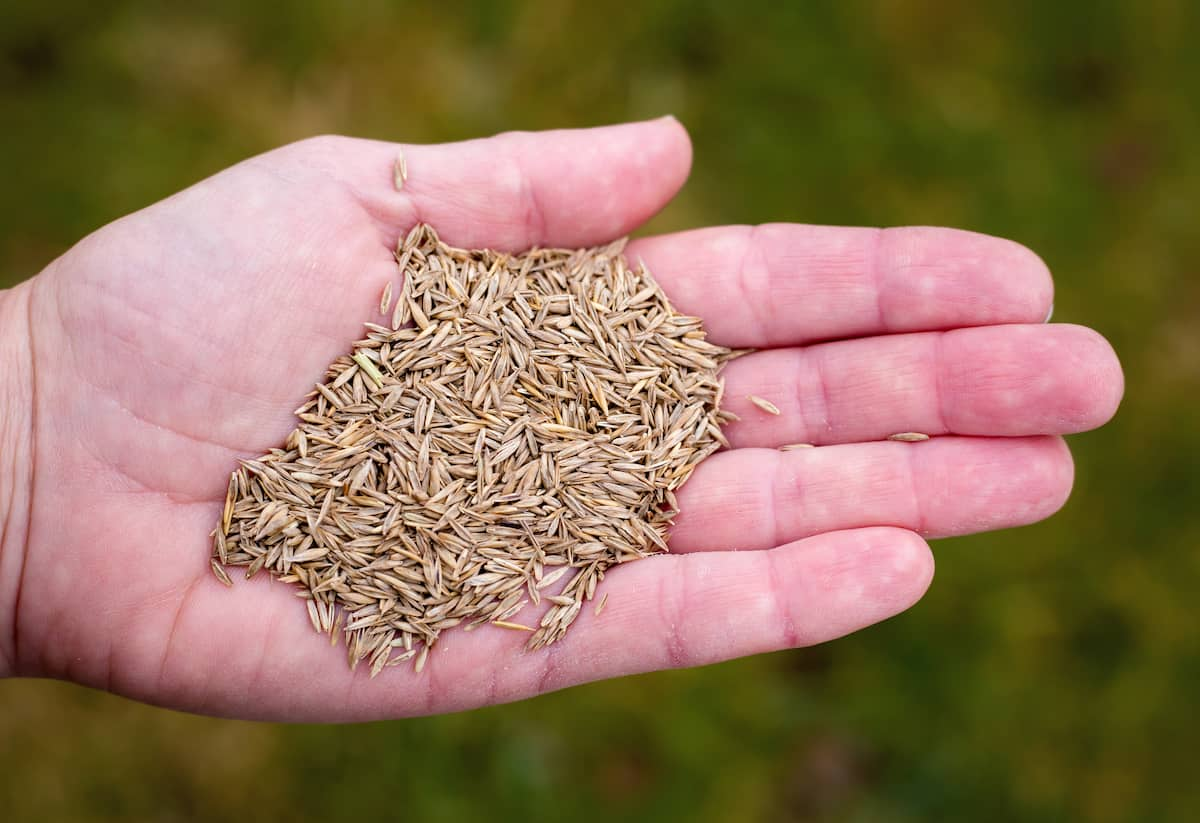

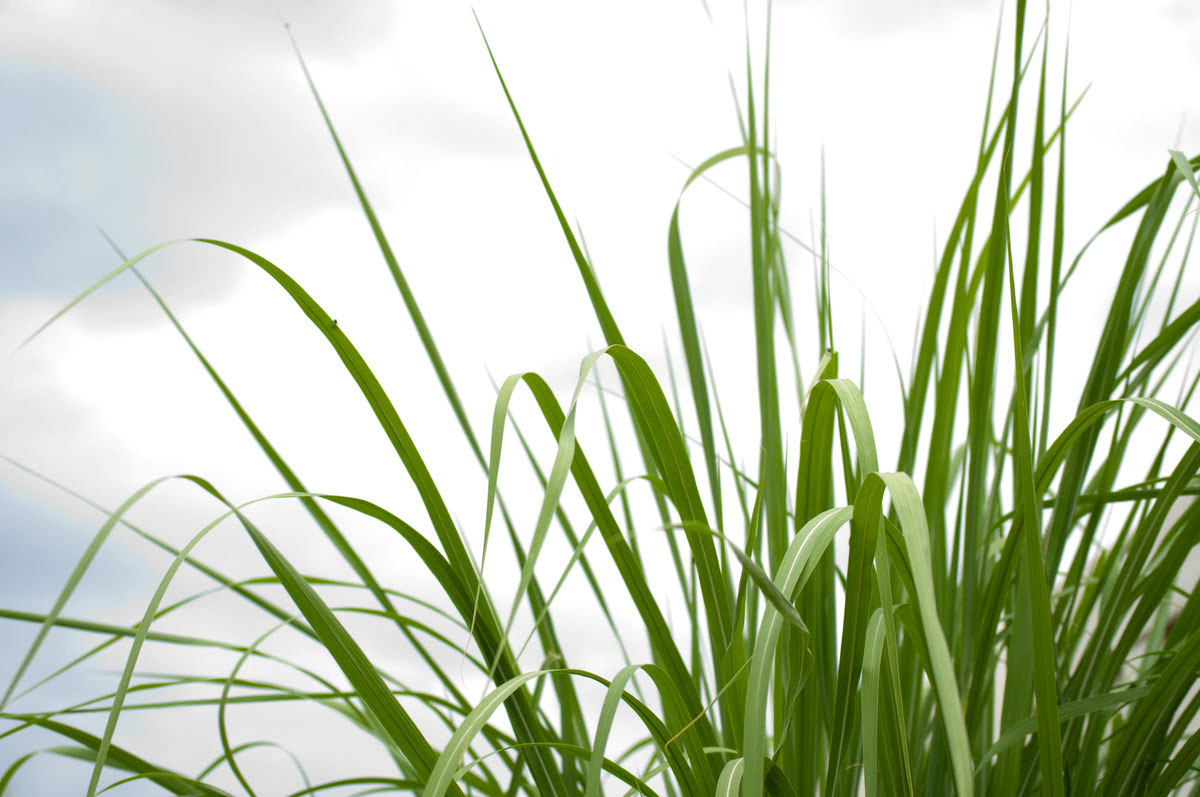
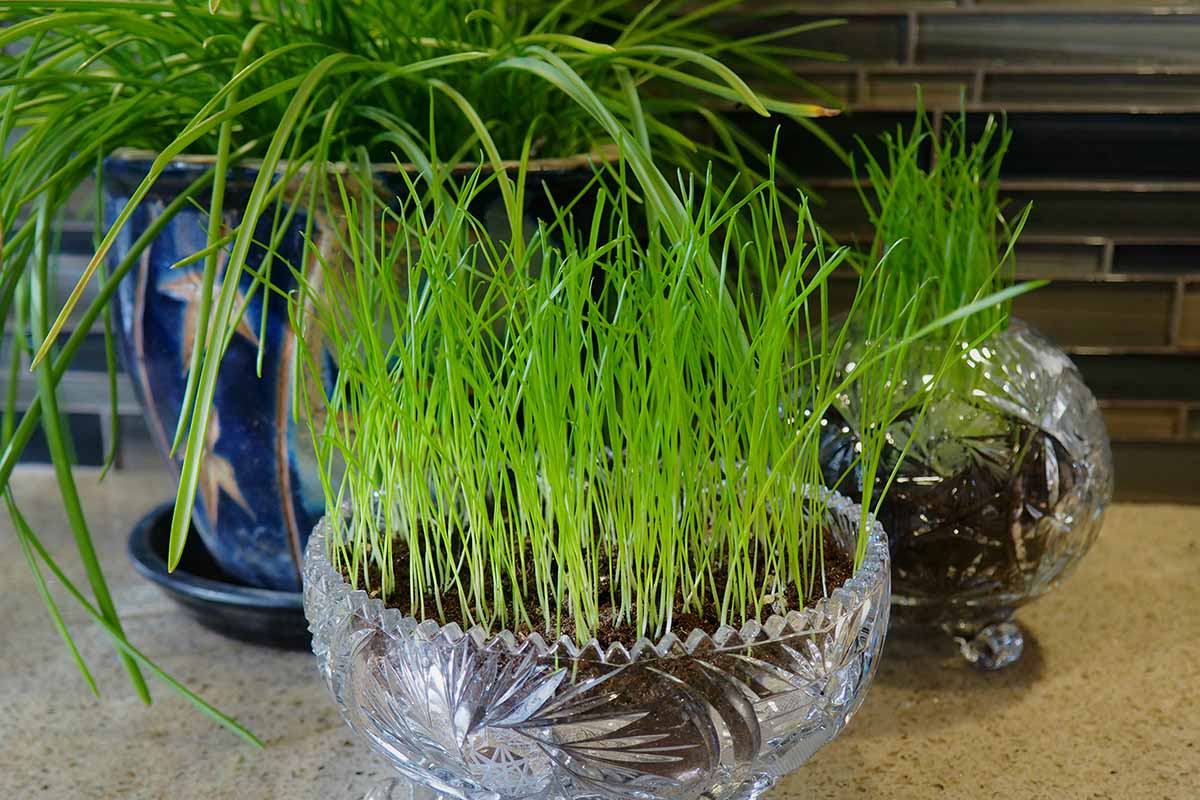


0 thoughts on “How To Grow Ornamental Grass”